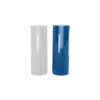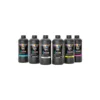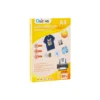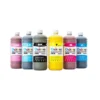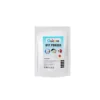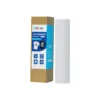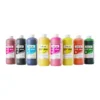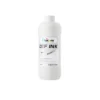What is UV DTF printing?
UV DTF printing is a digital printing process that uses UV-curable inks printed onto an AB film before being transferred. It’s best known for its “crystal label” effect. The complexity lies in the lamination process. The AB film consists of an A film (where the ink is printed) and a B film (for transfer). The printed A film is laminated onto the B film before the final transfer to the substrate.
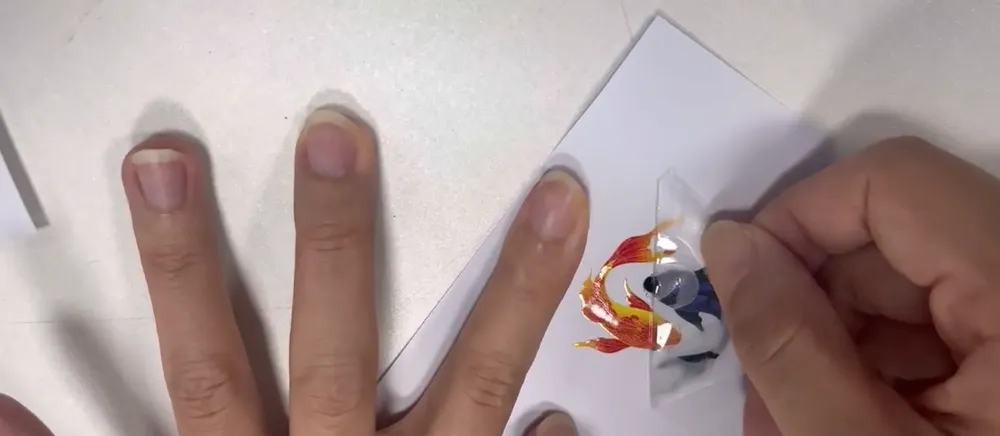
What are the advantages of UV DTF printing?
In addition to fabrics, UV DTF printing can be used on a wide variety of substrates, as long as they have a smooth and even surface. This is an advantage that cannot be surpassed by any other printing process, even if different printing processes have different target directions.
Unlike DTF printing, UV DTF does not require a powder to provide adhesion. All that is needed for this printing process is the ink and the film, whereas DTF ink needs to be combined with powder for transferring, UV ink has its own adhesion after UV curing.
Therefore, UV DTF printing is commonly used for hard substrates. Including wood, metal, glass, acrylic and so on. The harder the surface of the material, the higher the viscosity.

What are UV DTF inks?
As you can see from the above, UV DTF ink is actually a consumable used for UV DTF printing. It should be noted that UV DTF ink and UV ink may not be the same. UV DTF printers and UV printers are also different. The biggest difference between them is the different operation of the printing process.
The UV printing process usually prints directly onto the substrate, whereas UV DTF prints on a film and then transfers it to the substrate. You may think this is redundant, but the productivity is actually different.
Imagine if you took an order to print the surface of a glass, and if you used a UV printer to do the printing, you might be bothered by the fact that the substrate needs to be fixed. But if you use a UV DTF printer to do the printing, the efficiency will naturally be much faster if you stick the pattern on directly by manual means.
You would think that UV DTF printing by manually gluing the pattern onto the substrate is a costly endeavor. But in fact, for the vast majority of printers, in the printer can not choose the best equipment. The cost of production plus labor costs are lower than the order revenue.
It is important to note that if your printer has a higher degree of scalability, for example, you can add a roller unit to differentiate and laminate films. UV inks can also be used in some cases, depending on your printing device.
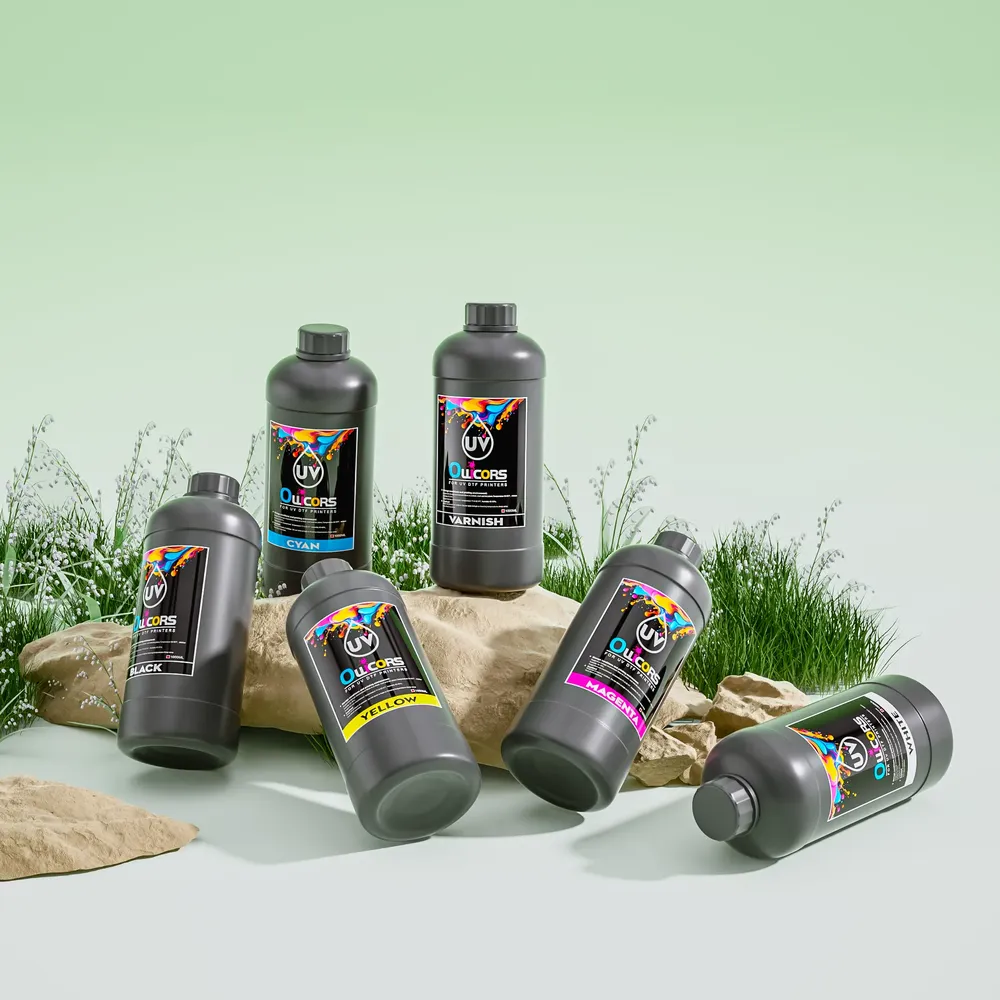
What items can UV DTF inks be applied to?
UV DTF ink has a wide range of applications and it can be easily customized for printing on a variety of products. It is especially suitable for those common irregularly shaped items. Irregular here means irregular surfaces other than flat surfaces. It is important to note that it cannot be used on items with uneven surfaces, such as finely wavy surfaces, which are highly irregular surfaces that cannot be printed on.
Often items such as glass bottles, thermos flasks, and product exteriors are used with this ink. Which is easy to use by simply applying it to the desired surface and then removing the protective film. These labels are scratch resistant, heat resistant and waterproof.
Tips on using UV DTF inks
- Make sure the ink cartridge of your printer is complete and try to use the same UV DTF ink. If you change to a different ink, remember to clean the cartridge and the printer to avoid problems with clogged ink output.
- Before filling the ink cartridge with ink, shake the ink bottle to even out the ink before pouring. Shaking the ink bottle helps the ingredients in the ink at the bottom to blend evenly and fully.
- Add as much ink as possible and be careful to take the right amount so as not to waste ink. Doing so facilitates the recycling of ink. Adding too much will result in wasted production, and adding too little will result in production stagnation.
- After adding ink, remember to tighten the cap of the ink bottle. Because UV DTF ink is not suitable to be exposed to the air, and the entry of dust will deteriorate the ink. Meanwhile, the ink should be stored in a dark place, not exposed to the sun.
- Check the production date of the ink every time you use it. Don’t let the expired ink cause clogging of the printer nozzle. If after printing you realize that the ink has expired, then the cost is wasted.
How to assess the value of UV DTF ink before buying it?
If you already have the right ink supplier supplying you with ink, then you may consider continuing the relationship. Changing ink brands frequently is not conducive to printing, and it’s also a hassle.
But if you don’t mind the trouble and still want to change, then I suggest you start to analyze the ink adhesion and color vividness from these two points.
In general, UV DTF ink from these two aspects can be seen in the difference, provided that your printer and other equipment and supplies are no problem.

